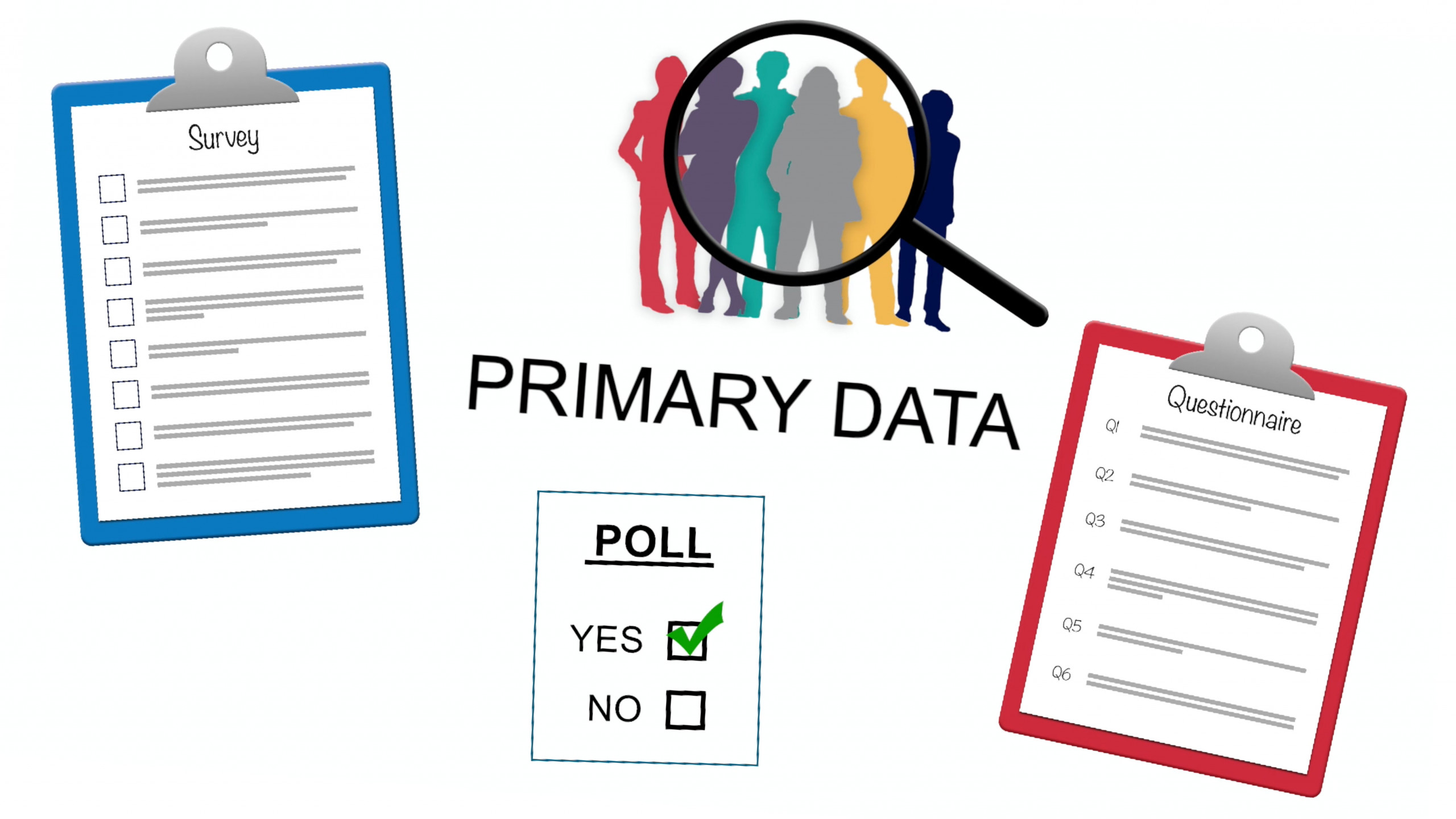THE PROJECT
Over the past two years, I have been involved in producing a series of mathematics video lessons for the Advanced Mathematics Support Programme, for inclusion on their online maths portal.
The AMSP is a government-funded initiative, managed by the MEI. It aims to “increase participation in Core Maths, AS/A level Mathematics and Further Mathematics and improve the teaching of these level 3 maths qualifications”.
So far I have worked on creating about 35 videos, spread over three phases, mainly covering topics on managing statistical data; this includes collecting, displaying, analysing, testing and interpreting data.
The challenge with such a project is managing to produce a large number of videos in a relatively short period of time. The production process is therefore important, to ensure the videos are produced on time.
Here, I provide a brief outline of our approach to this particular project.
1. UNDERSTANDING THE PROJECT AIMS
The first stage of the process was to talk with the AMSP team, who were producing the lessons, to understand how the video lessons would be situated within the learning portal. Key questions we asked the team included, “What is the learning journey for the students?” “How will the videos sit within that learning journey?”
There is a danger that the learners just watch but don’t participate in video tutorials; we were keen to make sure that the videos did not result in a passive viewing experience. So understanding the learning context of the video was important and then making sure that we created opportunities within the video improve learner engagement.
2. PRODUCING THE VIDEOS
The next stage was for the AMSP team to send through the various documentation for each lesson. As part of the management for the project, we requested that we received batches containing documentation for four or five lessons. We believed that this would be more efficient in the long run. Whilst we waited for feedback on one video, we could start work on the next video. For some batches, there were a large number of documents. In such cases, the team would send a zip file using We Transfer.
For each lesson, there was a brief that outlined the lesson and the learning objectives. There were also worksheets and other relevant documents. On occasions, there would be a draft video.
Using the documentation, we worked on the storyboarding and scripting for each video lesson. For this, we created a “rough cut”, incorporating roughed out graphics and guide voice over. In these early stages, we didn’t want to spend hours putting something together only to find that it wasn’t working for the client. So the rough cut provided a feel for how the final lesson was going to work.
Throughout the production stage, we would be in contact with the team if we had any questions regarding the learning objectives and how the video would meet these objectives.
Once completed, the rough cut was sent to the AMSP team for feedback. We used Dropbox for sending videos.
3. FEEDBACK
During the feedback stage, we restricted this to three rounds of feedback. There is a danger that feedback sessions can go on indefinitely, and whilst we want to keep the client happy, there is a deadline to keep.
No surprise that the first round generally incorporated the most changes to the graphics and voice over script.
The second round was to check that we had implemented all the feedback from the first round. On occasions, we were also asked to make further minor alterations. These corrections usually involved questions over the use of mathematical language, or maybe someone spotted a spelling mistake or other typing errors.
After implementing the second round of feedback, we would then record the final voice-over which, in this instance, was being voiced by my good self. We would also make sure the graphics were completed with titles and credits.
The third round of feedback was to approve the final video and make sure that all the feedback had been implemented. And if all was well, the video was then signed off.
It goes without saying the importance of managing a project in order to deliver on time. Crucial to this is the building of a positive, working relationship with the client. We need to know what is required of us to meet the client’s needs and the client needs to understand what is required of them to help us deliver on time. We helped the clients understand what we required to ensure we met the deadline and they responded accordingly.

